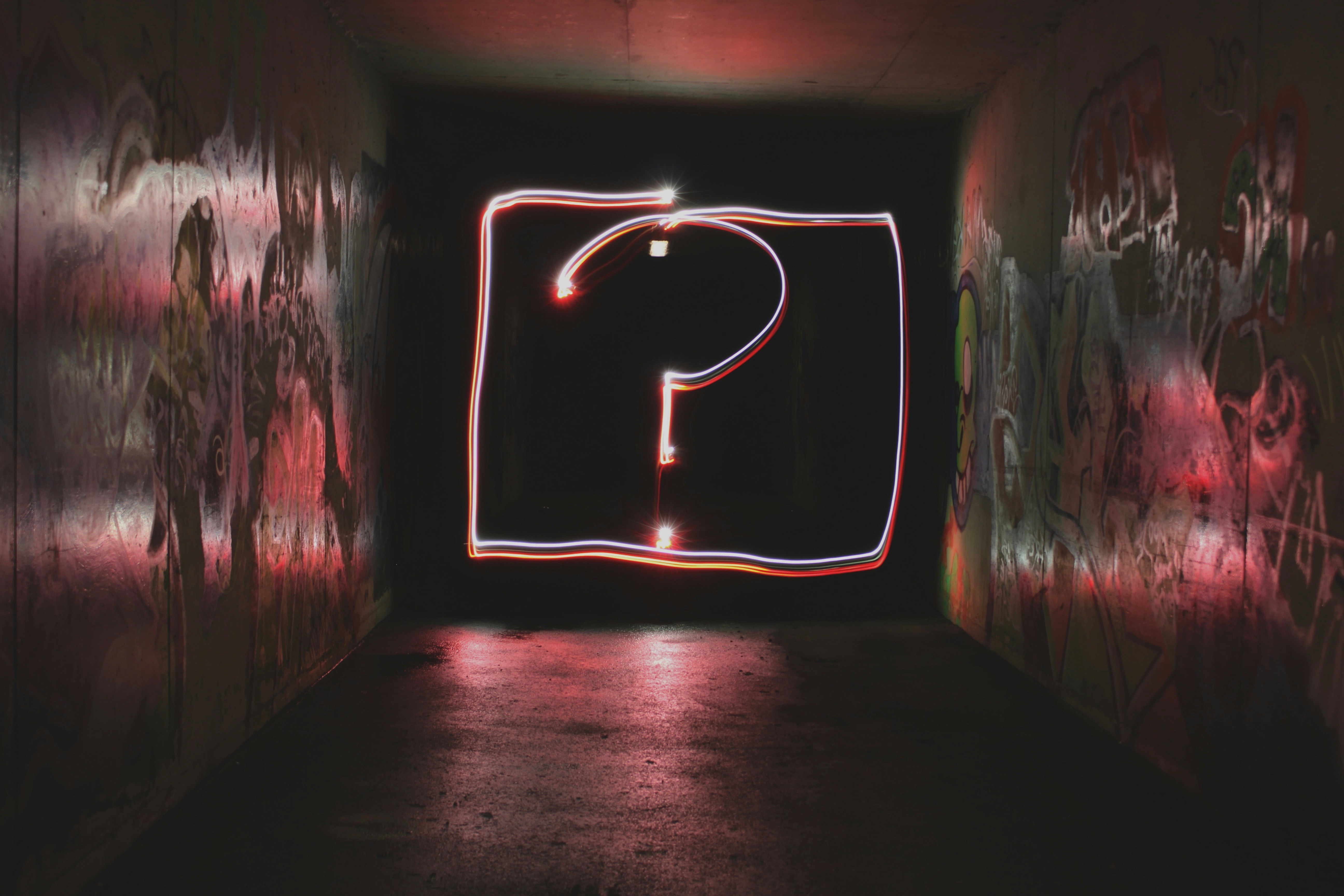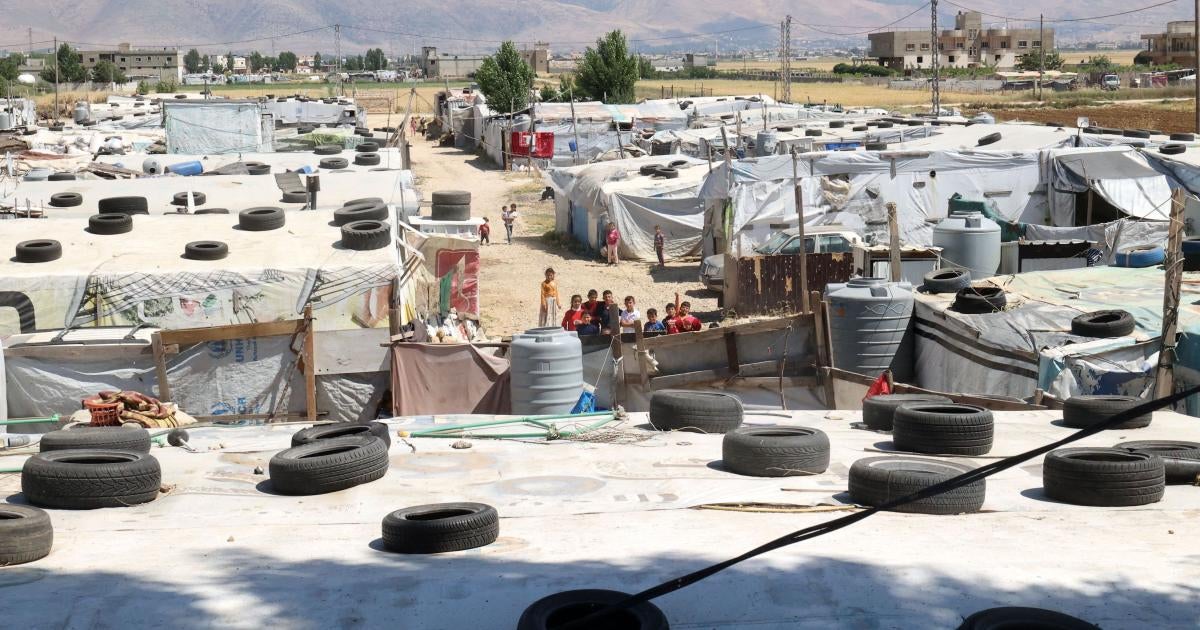
John Oliver delved into environmental racism in the US, in which, like many things, the effects of toxic pollution disproportionately effect people of color, particularly black Americans. The Last Week Tonight host cited studies which found that black Americans are exposed to 38% more polluted air and are 75% more likely to live in communities that border a plant or factory.
Those disparities hold when controlled for income; black Americans making $200,000 annually were exposed to more air pollution than white Americans making $25,000, “proving that yet again, racism is one of the few things in this country more powerful than money,” Oliver noted. “In fact, I believe America’s current top five power rankings go: racism, beef, viral videos of soldiers reuniting with their dogs, DJ Khaled’s PR team and then money.”
Oliver explored how this happened, and how pervasive the issue is today, starting with the history of redlining, AKA federal policies which prevented black Americans from obtaining government-backed home loans where white people lived. The areas where they could live were often also zoned for industrial uses, essentially overlaying the maps of communities of color and industrial waste zones.
“But history and zoning are only part of the story here, because it also is about who is has the power to push back,” Oliver continued, “and polluters often assume that black communities in particular won’t be able to stop them.
“Sometimes, pollution can be invisible. And those that you’d expect to warn you about that can be incredibly slow to do so when it comes to communities of color.”
Oliver cited the example of the West Calumet housing complex in East Chicago, Indiana, a federally assisted housing community built on top of a former lead smelter. The lead levels surrounding the complex were dangerously off the charts for years, up to 200 times the emergency levels. “Which just isn’t great when the place that you found it is the ground,” said Oliver, “a place notoriously difficult to avoid unless, that is, you’re willing to spend the rest of your life playing a very high-stakes version of the floor is lava.”
Even worse, the government knew the area under and around the housing complex was dangerously toxic for decades before it informed residents. Oliver cited government reports on lead toxicity in the area in 1985, 1998 and 2009, when the Environmental Protection Agency (EPA) declared West Calumet a Superfund site and prioritized it for cleanup and still didn’t notify residents because federal law doesn’t require its agencies to tell tenants that a unit is located on a Superfund site. “Which I truly cannot wrap my head around,” said Oliver.
“The whole point of Superfund is to officially classify something in the government record as very dangerous,” he added. “So it is not great to do that and then not tell the people actually at risk. It’s like putting a ‘Do Not Lean Over the Fence’ sign at a bear exhibit and having it face the bear side. Sure, the information is technically out there, but it’s not really doing much to improve public safety.”
The government finally notified residents in 2016 – 31 years and eight government agencies later. “And even then, the steps the government took were utterly pathetic,” Oliver said, including yard signs warning children not to play in the dirt or grass. “We all know there is nothing children respect more than the authority of a flimsy sign,” he deadpanned.
The West Calumet example is extreme but telling, as 70% of hazardous waste sites on the Superfund list are located within one mile of federally assisted housing. And “without significant changes, our whole system is currently set up so that places that have already been polluted get worse and worse”. Those areas are literally termed environmental “sacrifice zones”, such as Louisiana’s Cancer Alley, where the cancer risk is more than 50 times the national average.
“When you put all of this together – a history of racist zoning, ineffective regulation and a government that continues to prioritize the profits of industry over the health of people – it is clear we have a massive problem,” Oliver said.
The Biden administration has named environmental racism as a priority, but also said race will not be a factor in deciding where to focus efforts. “Which is pretty fucking infuriating,” said Oliver. The conservative-majority supreme court is likely to strike down an explicitly race-based policy, which leaves the US “in a pretty fucking backwards situation. When any solutions to this problem have to be race-blind, despite the fact that the causes of it are so demonstrably not.”
Oliver called for more support for local activists and intense zoning reform for an “unacceptable” status quo. “When this country designates communities of color as ‘sacrifice zones’ the clear message there is that the people who live in them are expendable,” he said. “That it’s OK for their kids to not be able to play outside and for their lifespans to be shorter.
“And unless we take big steps to address environmental racism and call it what it is, a brutal pide is going to stay in place in this country where some are treated like they’re worth protecting, and others like they can be sacrificed.


































































